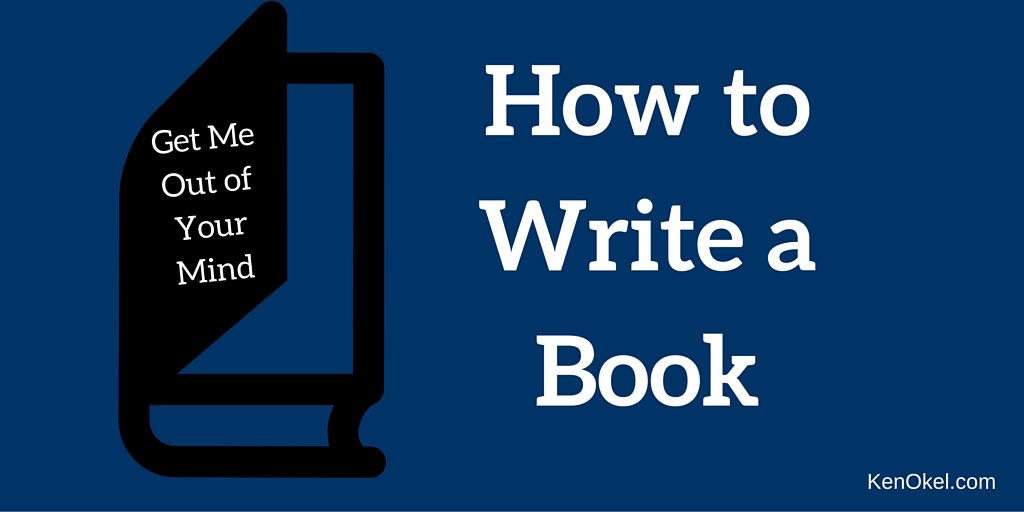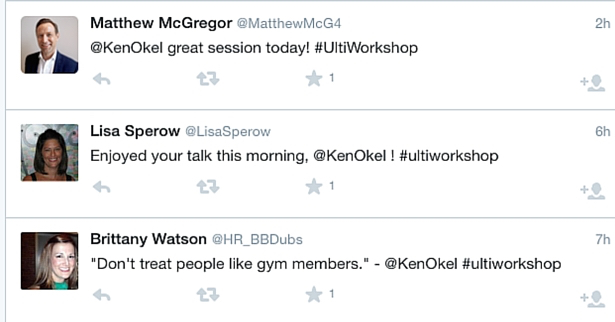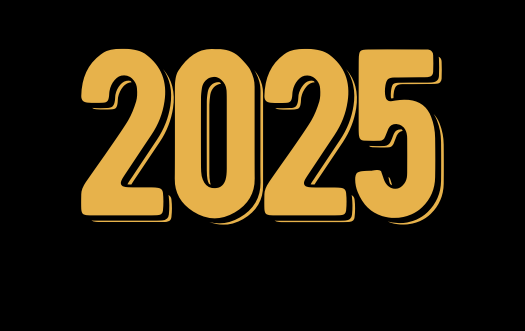 As someone who has written a book, I’m often ask for tips on how to write a book. My approach is different from some but might provide some useful guidance for would-be authors.
As someone who has written a book, I’m often ask for tips on how to write a book. My approach is different from some but might provide some useful guidance for would-be authors.
If anything, my process in writing a book about productivity, illustrated some of the principles I was writing about.
Consider a Non-Traditional Approach
I decided that self-publishing best fit my need for control of the book as well as the ability to get it to the marketplace quickly.
While I’m not turning my back on the big publishers forever, I can also see that as a new author, I’m probably not that attractive to them. They’re looking for the next John Grisham.
For me, Amazon’s CreateSpace gave me a self-publishing service that allowed me the chance to get a high quality book produced with as much or little technical support as I needed.
This option also did not force me to contractually fill my home with thousands of books that I’d be responsible for selling. I was able to buy what I needed. If someone wanted to buy the book online, then CreateSpace would be responsible for fulfilling and shipping the order. I could also order more copies at a later time.
Have a Vision
While I didn’t want a publisher to decide the kind of book I was going to create, I did spend a lot of time studying similar books. I wanted to figure out what I liked and didn’t like about them. Consider this your market research.
This process can help you narrow down the vision for your book. Anything that doesn’t fit that vision should be put aside and saved for your next book.
I realized that my market is made up of busy people so I decided my book would be an A-to-Z guide to productivity, where each letter would represent a chapter and a productivity principle.
I structured the book so that it could be read in any order. It would be easy for someone to pick up the book, read a chapter, and then put it down. They could read the whole thing in order or they could randomly select a chapter.
I made this decision after hearing statistics that many never finish the books they start. Thus, if your best material is at the end, it may never be read. Why not play to the fact that people are busy.
Go on a Writing Retreat
Many of my chapters started as blog posts, evolved into podcasts, and were later reworked again as magazine articles or as part of speaking presenations. Each time, the content improved and became more focused.
I also discovered certain writing habits that could be annoying to readers. In an article, you can get away with using certain kinds of catch phrases. In a book, if a lot of chapters have those same kinds of phrases, then they can become annoying in their repetition.
During the end of the year holidays, I knew it was the right time for a writing retreat. I had seen family during the Thanksgiving break and had no visits on my calendar.
While I didn’t leave town, I left my normal routine. For about two weeks, I was on book lockdown. I went out to exercise and get some food. Otherwise, I was working on the book. Distractions, like social media, were severely curtailed.
I may not look fondly back on those busy days but it was the right formula for me to get the job done. I needed the isolation from the rest of the world.
Get Experts When Needed
As a former journalist, I was confident in my writing ability. I didn’t need help in this area.
I did realize that when you write 26 chapters, there could be some problems. A typo, an incorrect verb tense, or an awkward sentence structure could occur.
The challenge is that when you’re writing it all, you’re often too close to the material to notice its flaws. You’ll have several versions in your mind and that keeps you from noticing problems, especially those created by repeated editing. That’s why I hired a freelancer to proofread the book.
All of this was done virtually. My proofreader lives in California. The woman did a great job of fixing little problems.
I also hired a freelancer to help me with the book’s cover. I had the idea but needed someone to make it happen. I realized that while I have some expertise in design, it would take me a long time to make something really good.
For this task, I found a great resource in Sri Lanka. Even with the time difference, we were able to easily collaborate.
The final member of my team, was someone who was able to take my book and format it for a Kindle. Again, I have some skill here but though it best to let the pro handle the task. Time, especially when you’re trying to be creative, is an important resource.
Have a Goal But Be Flexible
While I had a timeline, I knew there was good chance that I might fall behind on the project. In the end I probably had the finished product in my hands about two and a half weeks later than I had expected.
In the big picture that’s not bad. When you do things for the first time, you may make mistakes or have to experience a learning curve.
Very often, the extra time paid off. Prior to publishing, I had a proof sent to me. Holding the book, as it will appear to readers, let’s you check it in different ways than just staring at it on the computer screen.
I didn’t expect to have to go through my book page by page, one last time, but I’m glad that I did.
Conclusion
My system provided me with the motivation and support necessary to write a book. I believe with some minor adjustments it would work for me again. I’m proud that I didn’t become the person who dreams of writing a book but never puts it all together.







